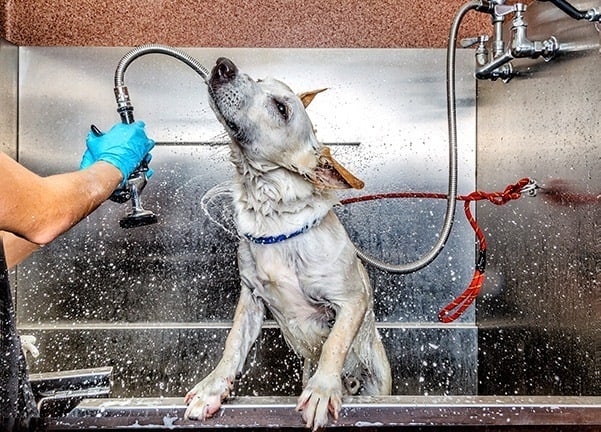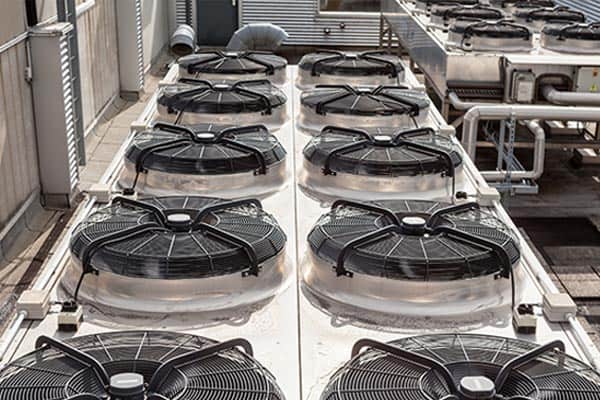INDUSTRY SOLUTIONS
UV Disinfection for Pet Grooming
Benefits of UV Disinfection in Pet Grooming Salons
Grooming environments harbor health dangers. Indoor air quality for grooming salons, mobile groomers, and grooming at boarding facilities is an often-overlooked industry hazard. Air quality can impact not only the health of animals, but the health of groomers and, ultimately, the grooming business.

Benefits of Using UV-C Sanitizing Lights in Pet Grooming Salons:
UV Sanitizing for Pet Groomers
Groomer’s Lung
Groomer lung (also known as groomer’s lung and pet groomer’s lung), for example, is an occupation-related medical condition gaining increased attention in the grooming community. Groomer lung is a chronic condition caused by repeated breathing of pet hair, dander, and other airborne contaminants. Further, bacteria and mold growth fostered by bathing and high humidity levels, common in grooming environments, can lead to allergies, asthma, and other respiratory issues for both animals and humans.
Damp, humid air can help viruses survive.
As noted by the American Lung Association (citing the Report to the California Legislature: Indoor Air Pollution in California):
“Some bacteria and viruses thrive and circulate through poorly maintained building ventilation systems, as with Legionnaires’ disease. Damp, humid air can increase the survival rate of viruses indoors.”
Similarly, molds thrive on moisture and reproduce by producing tiny spores that that travel through the air. When they land in favorable conditions (i.e., environments with moisture), they form new mold growth. That mold growth then reproduces, those tiny spores travel through the air, and so the cycle repeats. Is it repeating in your grooming environment?
Ringworm is hardy and could be aerosolized.
Another long-standing potential hazard for groomers is ringworm. The spores of the ringworm fungus are remarkably hardy, able to remain viable for longer than 18 months given the right environment (that is, with a supply of dead skin cells and a warm, damp location). Ringworm can be transmitted from animals to humans (and from humans to animals) by direct contact with contaminated sources, this is without debate, but ringworm could also be transmitted through the air. An increasing body of evidence indicates there is a distinct possibility of aerosolization of Microsporum canis, the dematophyte responsible for 98% of the ringworm cases in cats and 70% of ringworm in dogs, that is between 2–3 microns in size. Learn more about the significance of micron size on our Science Behind UV page.
Disinfection is critical for grooming environments.
Because grooming environments vary widely—from a compact mobile grooming van to an expansive grooming salon—Aerapy Animal Health offers a variety of UV solutions tailored to specific grooming spaces to help maximize disinfection. Aerapy Animal Health’s researched, tested, and study-backed UV systems have been shown to kill more than 99.9% of tested virus and bacterial pathogens. Groomers may not always know what will be walking through their doors but, with Aerapy Animal Health’s UV disinfection, they can help take control of what’s inside them.





